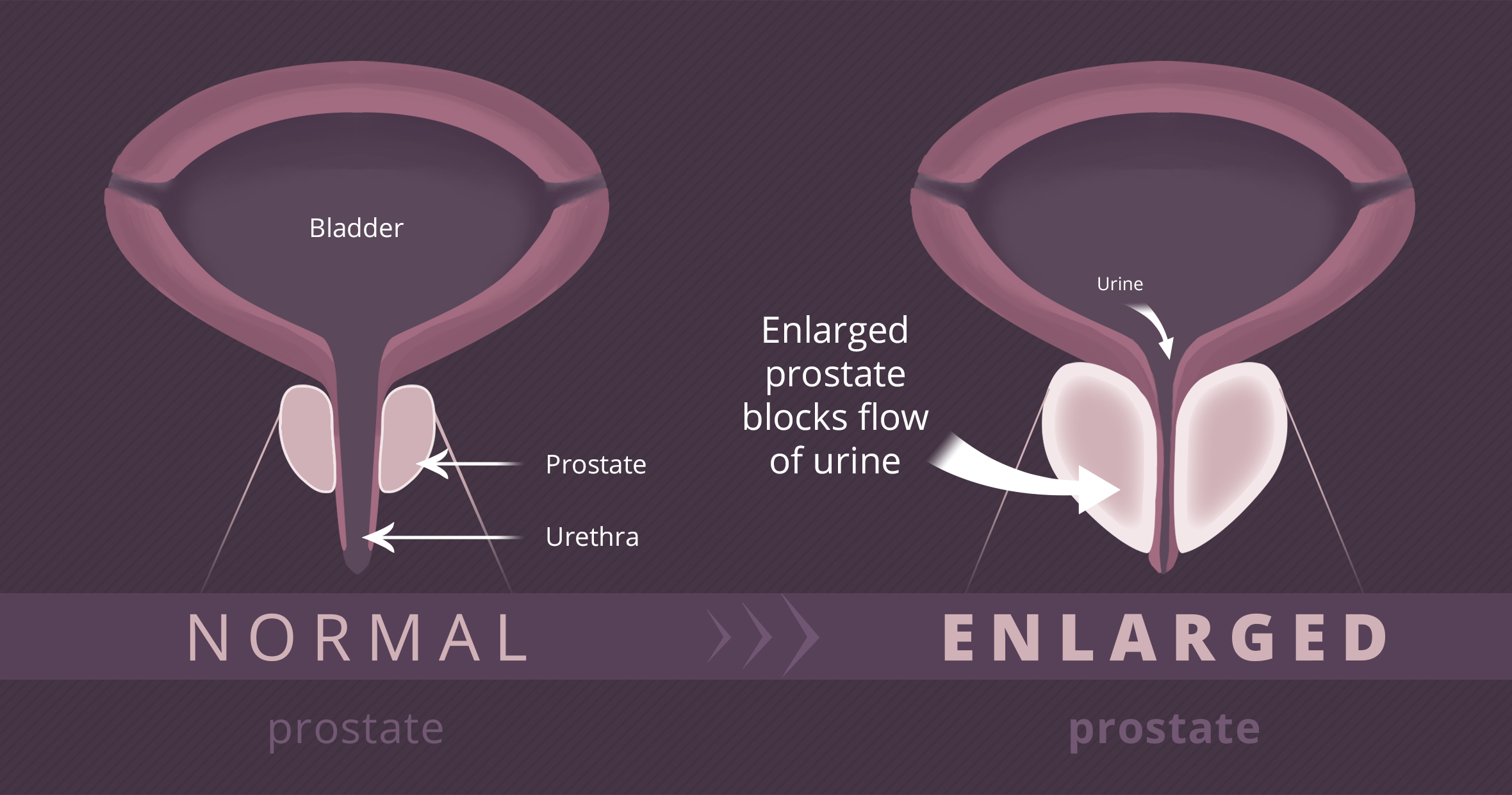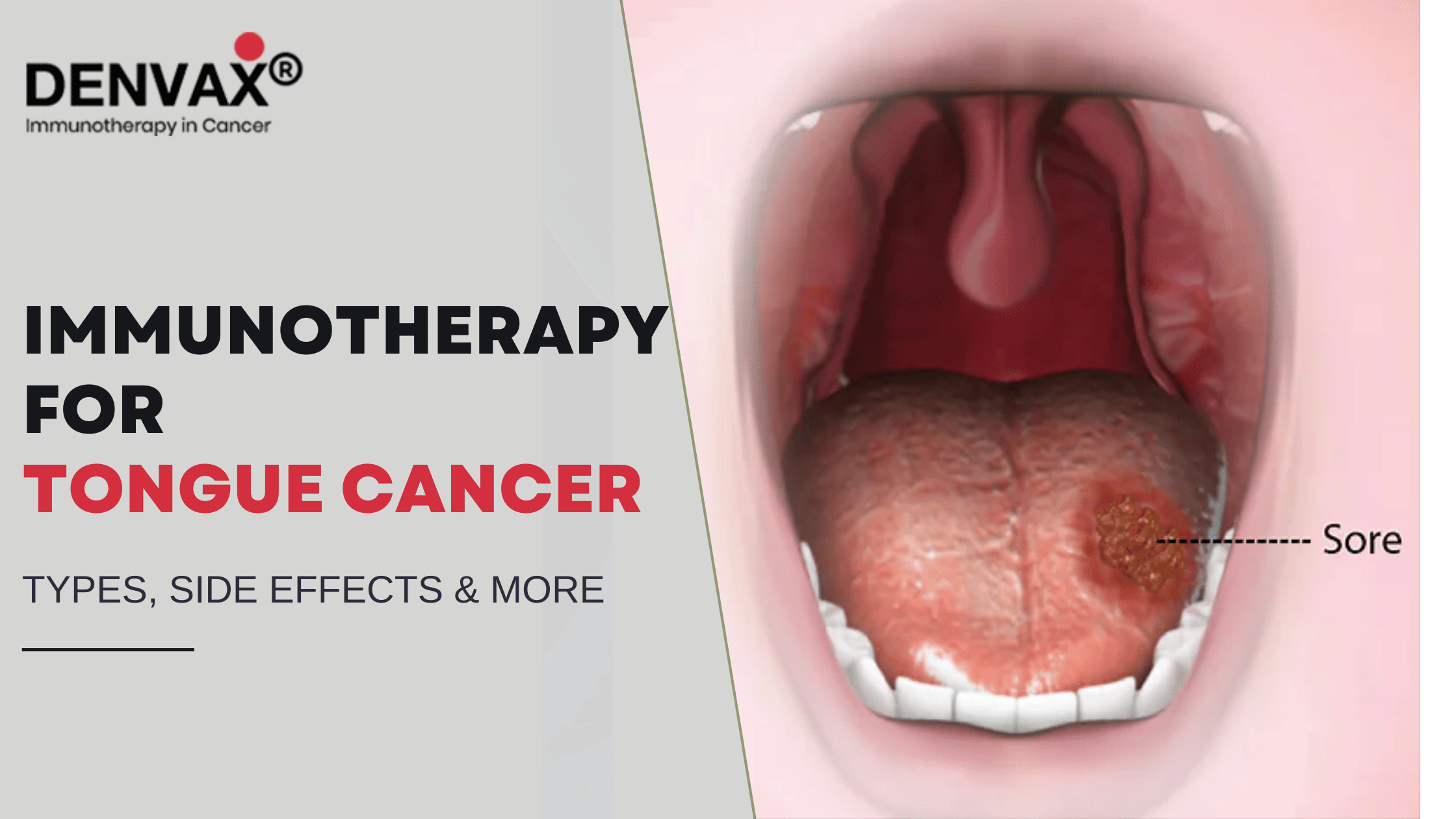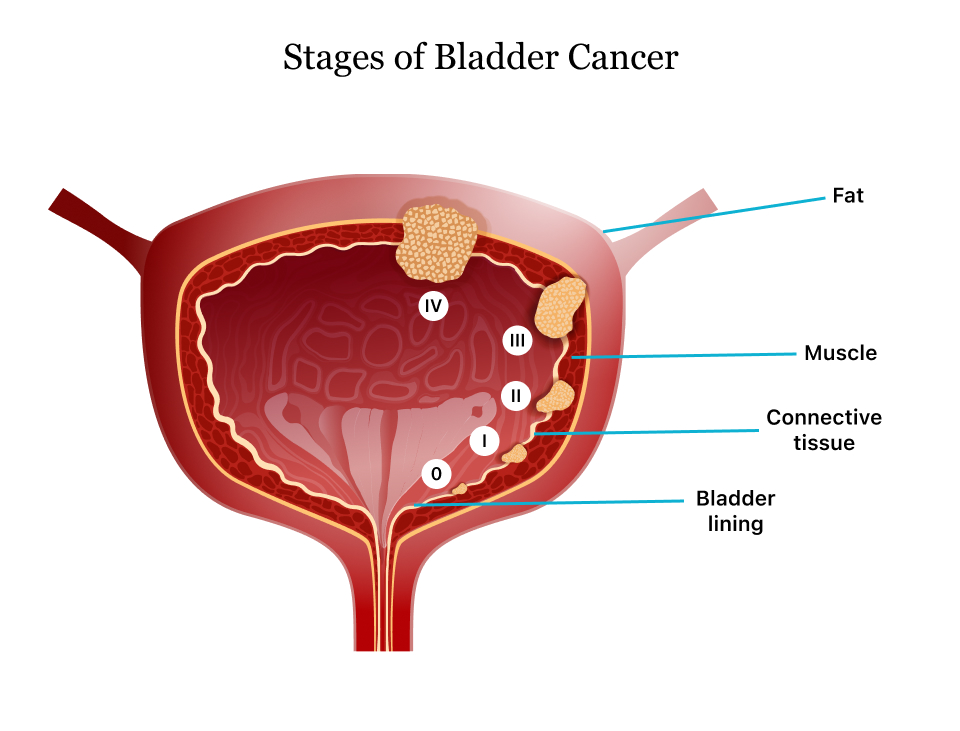What happens when you have a swollen prostate?
A swollen prostate, also known as prostatic enlargement, is a common problem among men, particularly as they age. Whether caused by benign prostatic hyperplasia (BPH), prostatitis, or prostate cancer, an enlarged prostate can greatly affect urination, sexual health, and overall quality of life. This article covers everything you need to know about a swollen prostate, including its symptoms, causes, complications, diagnosis, and treatment options.
What Is a Swollen Prostate?
The prostate gland is a small, walnut-sized organ located below the bladder and in front of the rectum. It surrounds part of the urethra—the tube that carries urine from the bladder out of the body—and plays a critical role in producing seminal fluid.
When the prostate becomes inflamed or enlarged, it can compress the urethra and obstruct urine flow, causing a variety of urinary and systemic symptoms.
Common Symptoms of a Swollen Prostate
Urinary Symptoms:
- Urinating frequently, particularly at night (nocturia)
- Urgent need to urinate
- Having trouble urinating
- weak or disrupted flow of urine
- Dribbling after urination
- Not emptying the bladder completely
Pain and Discomfort:
- Dysuria, or the burning sensation when urinating
- Lower back pain, pelvic pain, or lower abdomen pain
- Painful ejaculation
General Symptoms (especially in prostatitis):
- Fever and chills
- Fatigue or tiredness
- Muscle aches
What Causes a Swollen Prostate?
1. Benign Prostatic Hyperplasia (BPH):
BPH is the most common cause of enlarged prostate in older men. It is a benign (noncancerous) growth of the prostate that usually results in urethral compression and urinary symptoms.
Key Features:
- Usually appears after the age of forty.
- progressive over time
- Coexisting with cancer but not related to it
2. Prostatitis
Prostate inflammation, or prostatitis, can be chronic and non-infectious, but it is frequently brought on by bacterial infections.
- Acute bacterial prostatitis: Symptoms that appear suddenly and are severe, frequently accompanied by fever and painful urination
- Chronic Bacterial Prostatitis: repeated urinary tract infections and milder symptoms
- Chronic Pelvic Pain Syndrome/Chronic Prostatitis (CP/CPPS): Prolonged discomfort without a detectable infection
3. Prostate Cancer: Prostate cancer can also cause prostate enlargement, particularly in advanced stages.
Symptoms:
- Similar to BPH and prostatitis.
- Include bone pain, blood in the urine or semen, or inexplicable weight loss at an advanced stage
Potential Complications of a Swollen Prostate
If left untreated, a swollen prostate may lead to several serious complications:
- Urinary Retention: The inability to fully urinate
- Urinary Tract Infections (UTIs): Due to stagnant urine
- Bladder stones: A sign of insufficient bladder emptying
- Kidney Damage: Caused by backflow of urine (hydronephrosis)
How Is a Swollen Prostate Diagnosed?
A combination of clinical evaluations and diagnostic tests is used to determine the underlying cause of prostate swelling.
🔍 Common Diagnostic Methods:
- Digital Rectal Exam (DRE): To physically assess the prostate size and tenderness.
- Urinalysis: analyze urine for any bacterial infection
- Prostate-Specific Antigen (PSA) Test: Higher levels may indicate BPH, prostatitis, or prostate cancer
- Ultrasound or MRI: To visualize the prostate and urinary tract.
- Prostate Biopsy: needed if prostate cancer is suspected
Treatment Options for a Swollen Prostate
The cause (BPH, prostatitis, or cancer), the severity of the symptoms, and the patient’s general health all influence the duration of treatment.
1. Medications
- Alpha-blockers: Relax prostate muscles to improve urine flow (e.g., tamsulosin)
- 5-alpha-reductase inhibitors: Reduce prostate size (e.g., finasteride)
- Antibiotics: For bacterial prostatitis
- Anti-inflammatory medications: For pain and swelling
Note: Doctor’s advice and clinical correlation are required
2. Minimally Invasive Procedures
- Prostate Transurethral Resection (TURP): This procedure removes a portion of the prostate.
- Laser Therapy: destroys extra prostate tissue with laser energy
- Transurethral Incision of the Prostate (TUIP): This procedure lowers pressure in smaller prostates by making tiny cuts.
- UroLift or Rezūm: Minimally invasive implants or water vapor therapy to relieve pressure
3. Surgical Option (Open or Robotic Prostatectomy): The Prostate is removed surgically (more common in cancer cases)
4. Lifestyle Changes
- Diet: Emphasize fruits, vegetables, whole grains; reduce caffeine and alcohol
- Exercise: Regular physical activity improves symptoms and reduces inflammation.
Fluid Management: Limiting fluids before bedtime can reduce nocturia
5. Alternative & Complementary Therapies
Some men explore natural remedies alongside medical treatment. While research is still evolving, some approaches show promise:
- Herbal Supplements: Such as saw palmetto, beta-sitosterol, or pygeum (use with medical supervision)
- Pelvic Floor Exercises (Kegels): Strengthen urinary muscles and reduce loss of control over urination.
- Acupuncture and Physical Therapy: Can support pain and urinary symptom relief.
Note: Consult with your doctor accordingly before following any exercise or therapy
Prevention Tips for Prostate Health
While some prostate enlargement is age-related and unavoidable, you can reduce the risk and severity by
- Limiting alcohol intake and quitting smoking
- Staying sexually active (can improve prostate fluid drainage)
- PSA testing and routine medical examinations (particularly after age 50)
- Drinking plenty of water and avoiding bladder irritants like caffeine and spicy foods
Final Thoughts
A swollen prostate may indicate benign prostatic hyperplasia, infection, or prostate cancer. Regardless of the cause, early detection and accurate diagnosis are essential for managing symptoms and preventing complications. Treatment options vary from lifestyle adjustments and medications to advanced procedures and surgery, depending on the severity and underlying cause.
If you’re experiencing symptoms such as frequent urination, a weak stream, or pelvic discomfort, it’s important not to delay seeing a urologist. With prompt care, most men can effectively manage prostate enlargement and maintain a good quality of life.
FAQs
What are the main symptoms of a swollen prostate?
Common symptoms include frequent urination, difficulty starting to urinate, a weak urine stream, and pelvic pain.
Is a swollen prostate always cancer?
No. The majority of cases are caused by BPH or prostatitis rather than cancer. Diagnosis helps rule out serious conditions.
Can a swollen prostate go away on its own?
Mild cases may improve with lifestyle changes, but persistent symptoms require medical attention.
What foods are good for prostate health?
Tomatoes, green tea, soy, pumpkin seeds, and foods high in zinc and antioxidants all benefit prostate health.
At what age should men start checking their prostate health?
Men over the age of 50 (or 40 if at higher risk) should undergo regular prostate screenings and PSA tests.




